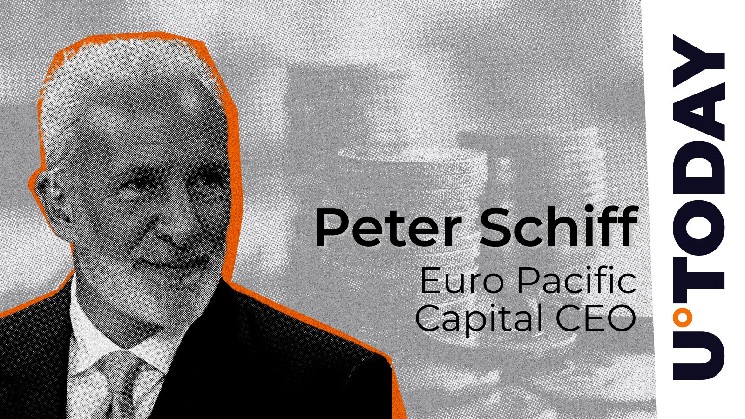At the Bitcoin Conference in Las Vegas, the executive chairman of Strategy, Michael Saylor, mentioned major market dynamics driving Bitcoin’s potential surge.
Saylor emphasized that as Wall Street’s ownership of Bitcoin increases, the total market value is expected to expand significantly, possibly hitting $20 trillion. This valuation would place Bitcoin at approximately $1 million per coin.
Institutional Ownership and Market Dynamics
Saylor explained that when Wall Street owns 5% of all Bitcoin, the remaining 95%, which amounts to about $2.5 trillion, is held by others outside Wall Street.
He further stated that if Wall Street’s ownership rises to 10%, Bitcoin’s price could reach $1 million per coin. At that level, the total market value would be around $20 trillion, with nearly $18 trillion still owned by investors outside Wall Street across the world.
He further argued that such growth in institutional ownership enhances the asset’s value network, making hostile takeovers impossible. Notably, Saylor pointed out that increasing Bitcoin purchases would empower even those who disagree.
Interestingly, Strategy itself continues to deepen its Bitcoin holdings. The company recently added 4,020 BTC for around $427 million, averaging $106,237 per bitcoin. This brings Strategy’s total Bitcoin holdings to 580,250 BTC, acquired at an average price of $69,979. The cumulative investment now totals around $40.61 billion.
Bitcoin is Money, Everything Else is Credit
Additionally, at the conference, Michael Saylor received a Gemini Bitcoin Credit Card from the Winklevoss brothers, who joked about giving him the “whale limit.” In a response to Tyler Winklevoss’ X pos, Saylor emphasized a fundamental distinction between Bitcoin and traditional financial assets by stating that Bitcoin is money, while everything else is credit.
Bitcoin is money. Everything else is credit.
— Michael Saylor (@saylor) May 28, 2025
Essentially, he meant that Bitcoin serves as a true form of money due to its intrinsic value, scarcity, and durability, functioning as a store of value and medium of exchange independent of any promises or backing.
In contrast, most other assets and currencies, including government-issued fiat, bank balances, bonds, and loans, represent credit or debt that depend on trust and the creditworthiness of an issuing entity.
Broader Market Predictions from Financial Watchers
Meanwhile, other prominent figures have also forecasted Bitcoin’s rise to $1 million, though timelines vary. Financial educator Robert Kiyosaki, author of Rich Dad, Poor Dad, sees Bitcoin reaching $1 million in the next decade, specifically by 2035.
His prediction is partly based on the escalating U.S. federal and credit card debt levels recorded in 2025, which could drive demand for alternative safe-haven assets, including precious metals and Bitcoin.
Investment strategist Lyn Alden supported the $1 million target but viewed the timeline differently. While agreeing with Ark Invest CEO Cathie Wood’s prediction of Bitcoin reaching seven figures by 2030, Alden considers this timeline too aggressive. Instead, she projects Bitcoin is more likely to hit $1 million closer to 2035.
Arthur Hayes, co-founder of BitMEX, presented a different perspective. He foresees Bitcoin hitting $1 million by 2028, driven by the accelerating breakdown of global financial integration, particularly between the U.S. and China.
Hayes highlights that increasing capital controls could push investors from traditional assets like U.S. Treasuries to decentralized hard assets, such as Bitcoin. He further noted Bitcoin’s advantage over gold as a bearer asset, enabling cross-border transfers without intermediaries or centralized oversight.















Leave a Reply